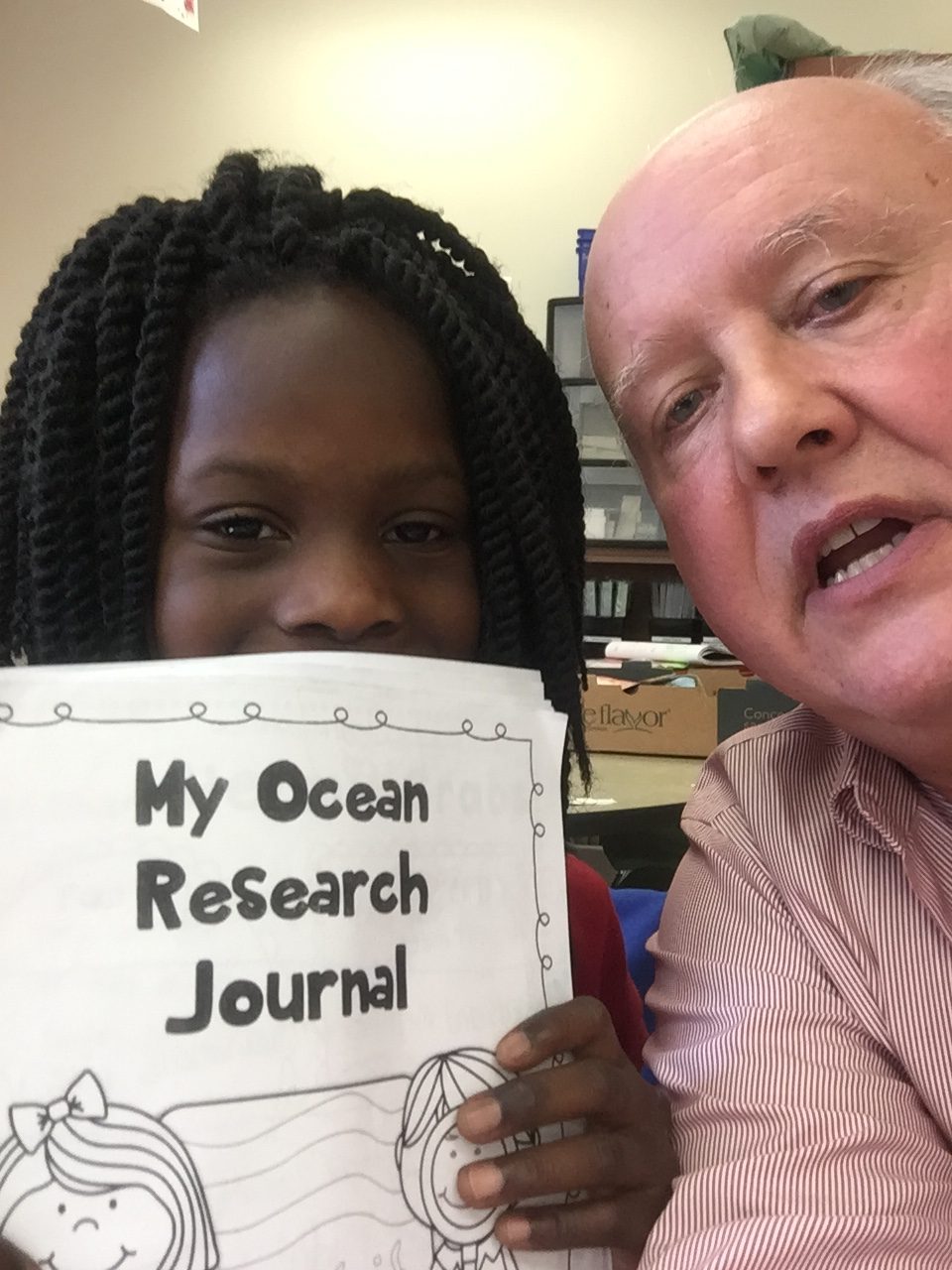What to Assess?
One of the bottom lines in education is the way in which we assess learning. Should we use standardized tests, qualitative journals, or oral examinations? And of course this begs the question, what types of learning are we assessing? Doesn’t the type of learning we are assessing relate to the assessment we would choose? Or should we just get on with this testing thing and assess that?
Assess This!
Our current way of assessing and comparing student performance in K-12 schools in the United States is the standardized testing that examines student learning of the English Language Arts and Math subjects in the Common Core curriculum. When the arts, such as visual arts or dance or music or theater, are integrated with the Common Core curriculums, a most interesting outcome results: using the arts to learn helps students to learn in non-arts subjects such as English Language Arts and Math. Student test scores on standardized tests go up by 40% in our study of 35,000 students (Southworth, Gardiner & Westervelt, 2016). But what does not get fully assessed is how did the test scores go up?
Thinking Across The Disciplines
What we found out is that the student thinking is enhanced by thinking in the arts and that this translates across the disciplines to help students think in other disciplines. For example, when the skill of noticing details in a painting, or the difference between notes in music are explored, the skill of discriminating these differences is useful to the arts and is useful to Math, for example, when we ask students to decide if a note is higher or lower than another note and in English Language Arts, for example, when we ask students to pick out a vocabulary word that supports the main idea of the paragraph.
Analogous Thinking
This type of analogous thinking (Gardiner, 2000) in the arts and in non-arts subjects is what Martin Gardiner calls “mental stretching” and he argues that the particular skill sets that are well-learned in the arts do translate to specific skill sets that are valued in non-arts subjects. This integration of the arts has to be done intentionally, through what I call cognitive signalling (Southworth, 2016), where teachers integrate the arts intentionally through the curriculum plan, through the transparent use of the arts during the classroom instruction, and finally through the assessment.
Assessing the Thinking
If we can help students to think well, through the arts, and teach them well by using obvious instructional signals during the integration, we can help them think well in both and test well anywhere.
References
- Gardiner, M. F. (2000). Music, learning, and behavior: a case for mental stretching. Journal for Learning Through Music, New England Conservatory of Music, I, 72 – 93.
- Southworth, R., Gardiner, M., & Westervelt, N. (2017). Measuring the Effectiveness of Arts Integration on Instructional Improvement and Student Achievement in Disadvantaged Populations. San Antonio, TX: Paper presented at the American Educational Research Association annual meeting.




